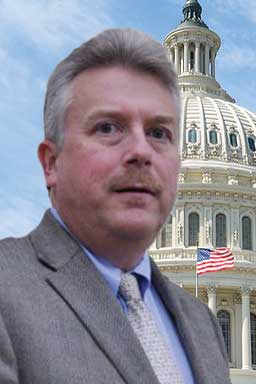The continued expansion of pork production in other countries increases the international opportunities for AASV members.
Although the name of our association is the American Association of Swine Veterinarians (AASV), 44 countries are actually represented within our current membership. While the vast majority of our members are based in North America (990 of a total membership of 1253, excluding students), the variety of countries represented illustrates the international scope of our profession and the value of the information provided by AASV. Many of our members work directly with swine producers and veterinarians in foreign countries. More and more, the swine industry operates on a global scale. Swine diseases do not recognize lines drawn on a map, and decisions made by international organizations and governments have direct and indirect impacts on the United States and North American swine industries.
International organizations such as the World Organization for Animal Health (OIE), the United Nations Food and Agriculture Organization, CODEX, the World Trade Organization, and others are actively involved in establishing international standards associated with food safety, animal welfare, disease, antimicrobial use, transportation, and public-health issues that can significantly impact access to international markets. The international demand for North American pork products continues to grow. In 2011, swine producers exported over 25% of all pork products produced in the United States and are on pace to equal or exceed that in 2012. Just 20 years ago, the United States was a net importer of pork.
Other factors also highlight the impact of pork market globalization. Declining funding available for agricultural research in the United States and the adoption of modern production technology has enhanced the focus of international researchers. The continued expansion of pork production in other countries increases the international opportunities for AASV members. The United States not only exports pork products, but also genetics, technology, facilities, and expertise to areas around the world experiencing unprecedented growth in pork production.
So the question becomes “how do we as AASV interact on an international level to promote the concerns of swine veterinarians?”
Historically, we have focused largely on United States-centric activities and that is unlikely to change. However, we should not exclude ourselves from involvement in international opportunities that offer benefit to our membership. Active involvement in research exchanges, interaction with standard-setting bodies, and regulatory efforts and trade negotiations all offer opportunities to promote swine health and well-being issues. It’s also an opportunity to offer those new to pork production a chance to learn from our experiences and for us to re-think our paradigms as well.
The effort to bridge foreign languages and customs can at times seem daunting, but in the end, the results can be very rewarding for both parties. There are opportunities for AASV to participate in efforts by international organizations to address issues such as sow housing and antimicrobial use. It is important to be represented in these discussions to ensure that science has a seat at the table and that the concerns of our members are heard. It seems to me that it has become incumbent on us as an association to be represented at the international level or else someone else is telling our story.
Harry Snelson, DVM
Director of Communications

